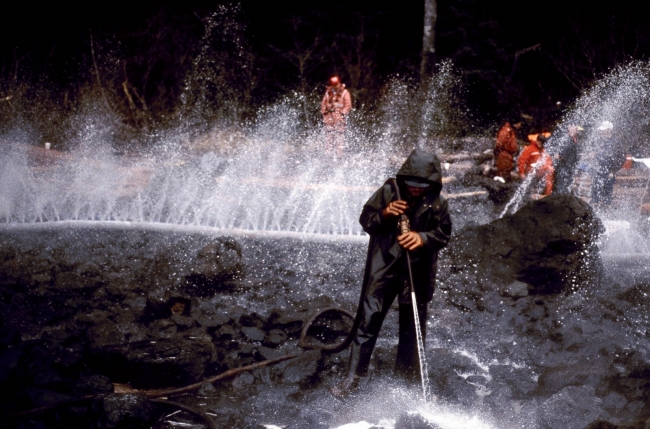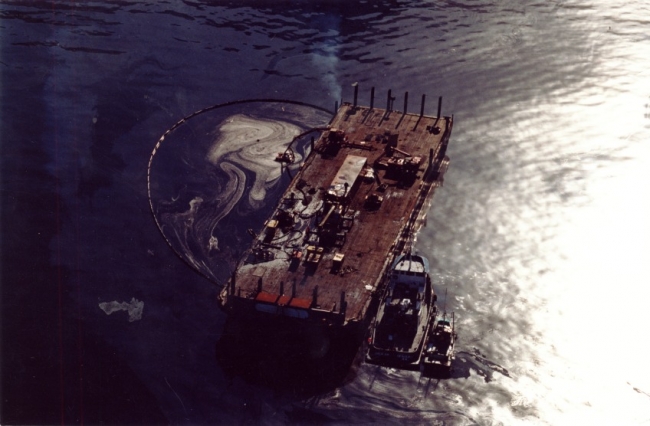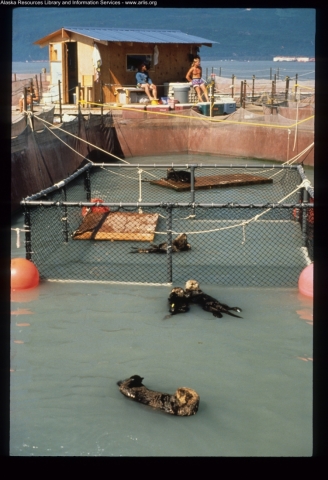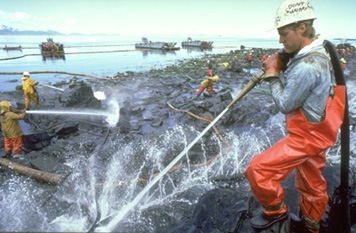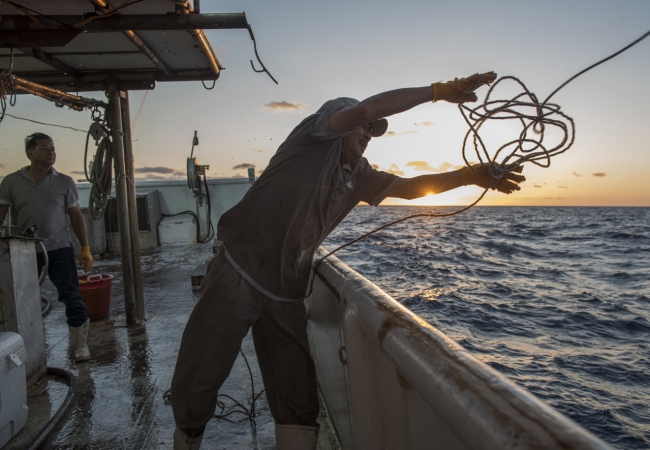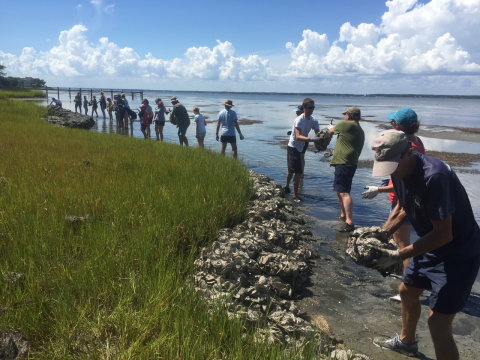How the disaster inspired legislation that ensures cleanup and restoration
When an oil spill happens, whoever is responsible pays for the cleanup and restoration.
But this has not always been the case. Thirty years ago, on March 24, 1989, the oil tanker Exxon Valdez grounded on Bligh Reef, rupturing its hull and spilling almost 11 million gallons of crude oil into Alaska’s Prince William Sound.
It was an unprecedented disaster, and at the time there was no comprehensive federal legislation to determine the scope of liability for costs of cleanup and restoration.
More than 1,300 miles of shoreline were oiled. The oil killed an estimated 250,000 sea birds, 2,800 sea otters, 300 harbor seals, 250 bald eagles, as many as 22 killer whales, and billions of salmon and herring eggs. Killer whale and several bird populations have not yet recovered 30 years later.
Photographs of dead and oiled wildlife captivated the American public like no spill had before. The public call for action culminated in the passage of the Oil Pollution Act by President George H.W. Bush on Aug. 18,1990.
OPA established measures to prevent and respond to oil spills, and requires those responsible for oil spills to pay for costs associated with cleanup, assessment, and restoration of the environment.
This historic legislation also gives NOAA and other trustee agencies the authority to address impacts to natural resources caused by oil spills in U.S. waters and shorelines.
To ensure that the public’s natural resources were assessed and restored after spills, NOAA established a new program, the Damage Assessment, Remediation, and Restoration Program (DARRP).
DARRP is charged with conducting Natural Resource Damage Assessments after oil spills to determine the appropriate type and amount of restoration needed to offset the impacts of spills on public natural resources.
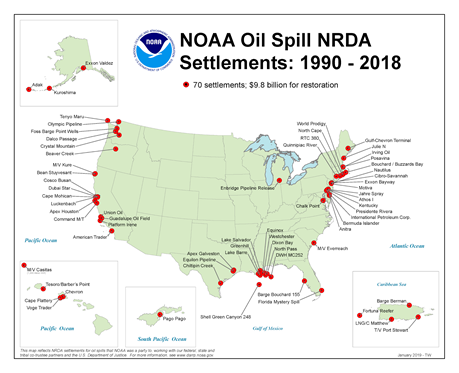
In the 30 years since the Exxon Valdez spill, DARRP has settled 70 cases under the Oil Pollution Act. This represents 70 significant oil spills, in 29 states and U.S. territories, and $9.8 billion put toward restoring marine and coastal environments.
$9.8 billion is not just a figure—it represents real world benefits and justice for the American public. Damaged fisheries impact local commercial and recreational fishing economies, and the lives of individuals relying on clean and robust fisheries. Closed beaches take away people’s ability to enjoy public spaces.
Settlement funds also go to reimburse NOAA and our partners for the cost of assessing environmental damages. Researchers have been able to learn a great deal about the science of oil spills through assessment studies.
America’s marine resources are public resources—they belong to us all. So when OPA settlements go toward restoring nesting habitat for sea turtles, improving nature trails and public beach access, or bolstering shellfish populations for local harvesters, all Americans benefit.
The legacy of Exxon Valdez is not just of environmental impacts, it’s in the legislation that established procedures for oil spill prevention, response, and restoration.
Over the past 30 years, NOAA continues to learn and evolve, developing state of the art tools and setting international standards for oil spill response, assessment, and restoration.
Each oil spill represents unique challenges, and these ongoing advances help position NOAA to prepare for the next spill so we can help maximize recovery and restoration, minimize economic disruptions, and best serve the American public.
In 1989, Exxon Valdez wasn't the only big spill. Between June 23 and 24, three different oil tankers accidentally poured their cargo into U.S. coastal waters. To find out more about some of the other spills that helped with the passage of the Oil Pollution Act, view our story map "The Spills Behind the Oil Pollution Act."

